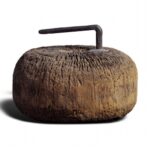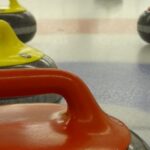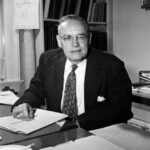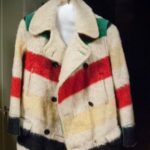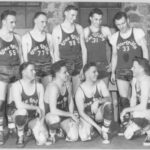How do you bring leisure and fun to a newly founded city? Build a curling club of course! At least that’s what James Otis Eaton did just over a decade after the small Wisconsin town of Lodi was officially founded in 1869. Eaton, along with James Wilson, founded the Lodi Curling Club in December of 1880 and Eaton was subsequently elected the organization’s president. The club offered a way for Lodi’s citizens to relax and engage in recreation through one of the most timeless winter sports in history, curling.

Curling made its way to Lodi from its homeland of Scotland through the English, as Scotland’s southern neighbor took a liking to the sport in the seventeenth century. As early as the eighteenth century, British immigrants brought curling to the frozen lakes and rivers of the Midwest. Players in Lodi originally played with “stones” made of wood and iron, but after an embarrassing loss against a club from neighboring Arlington in the late 1880s, their eyes were opened to the benefits of the more predictably gliding granite stone. As the people of Wisconsin became more engaged in curling, the Lodi Curling Club grew and other similar establishments sprung up in the surrounding area, creating the need for a larger association to organize the sport.
This need was filled in 1892, as the Lodi Curling Club joined similar nearby clubs from Portage, Arlington, Cambria, and Poynette to become the founding members of the Northwestern Curling Association (NWCAA). This organization acted as an administration for the growing sport in the Midwest, hosting matches between neighboring towns clubs, and standardizing regulations which made the game more competitive. The formation of the NWCAA helped Lodi become more entrenched not only in the world of curling but helped the town gain prominence. In this way, the Lodi Curling Club means more to the town than simple recreation and leisure; it is a differentiator that helped to put this small Wisconsin town on the map.
Curling continued to gain popularity in the twentieth century, and by 1921, the Lodi Curling Club was ready to expand. They bought a plot of land and constructed an icehouse that was arguably one of the best and most modern in the state. To celebrate the towns new addition, Lodi hosted a “bonspiel” –a word derived from curling’s Dutch and Scottish roots used to denote a weekend curling tournament. Just five years after the icehouse’s opening, though, disaster struck as the building’s roof collapsed under the heavy weight of ice and snow. Members of the community came together to help rebuild their curling center, and in less than a month the icehouse was once again operational.
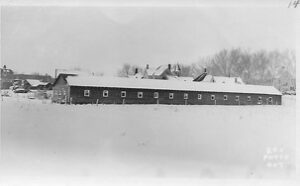
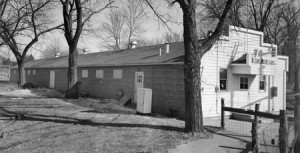
As the world became embroiled in WWI and WWII, time for sports and leisure became rarer. However, after 1945, curling experienced a boom in popularity prompting the Lodi Curling Club to expand. In 1948 they began to seek a new building to house the growing club. The Club purchased an old army mess hall and entered into an agreement with the Lodi Agricultural Fair to erect the new building on their campus, where it still stands to this day.
Curling continues to be a large part of the identity of Lodi, Wisconsin. The local high school has added curling to its winter curriculum, and the curling club is still in use almost 150 years after its original founding in 1880. The club has continued to expand, building a new icehouse in 2007 to accommodate the deterioration of the old facility and to meet the continuous demand of a town where curling is woven into its very identity.
Written by John Tarlizzo, May 2024.
Sources
Lodi Curling Club. “History of the Club.” November 30, 2023. https://lodicurling.org/index.php/about-the-club/history-of-the-club.
Wisconsin Historical Society. “Curling in Wisconsin,” August 3, 2012. https://www.wisconsinhistory.org/Records/Article/CS260.
Wisconsin Historical Society. “Wooden Curling Stone,” April 23, 2013. https://www.wisconsinhistory.org/Records/Article/CS2753.
World Curling Federation. “History of Curling.” Accessed November 29, 2023. https://worldcurling.org/about/history/.
